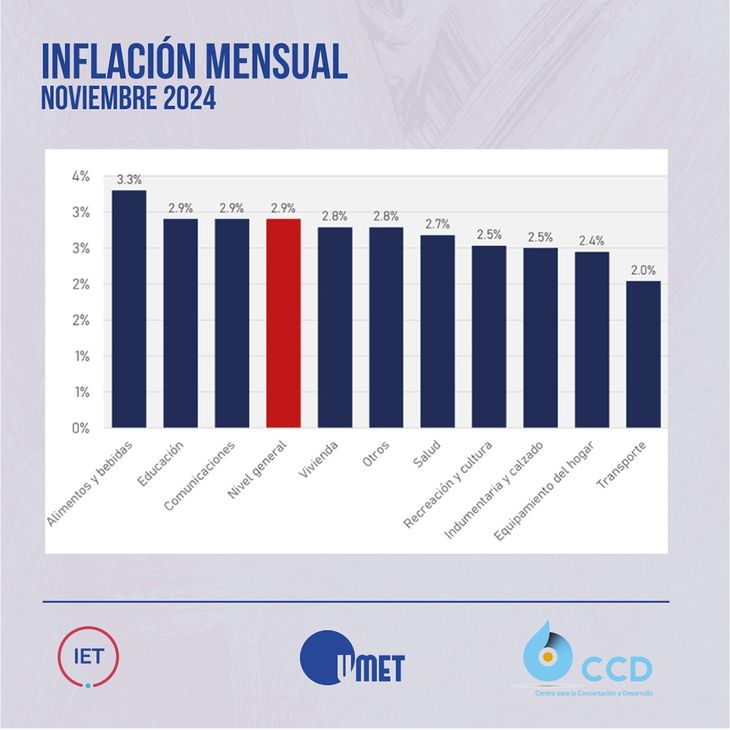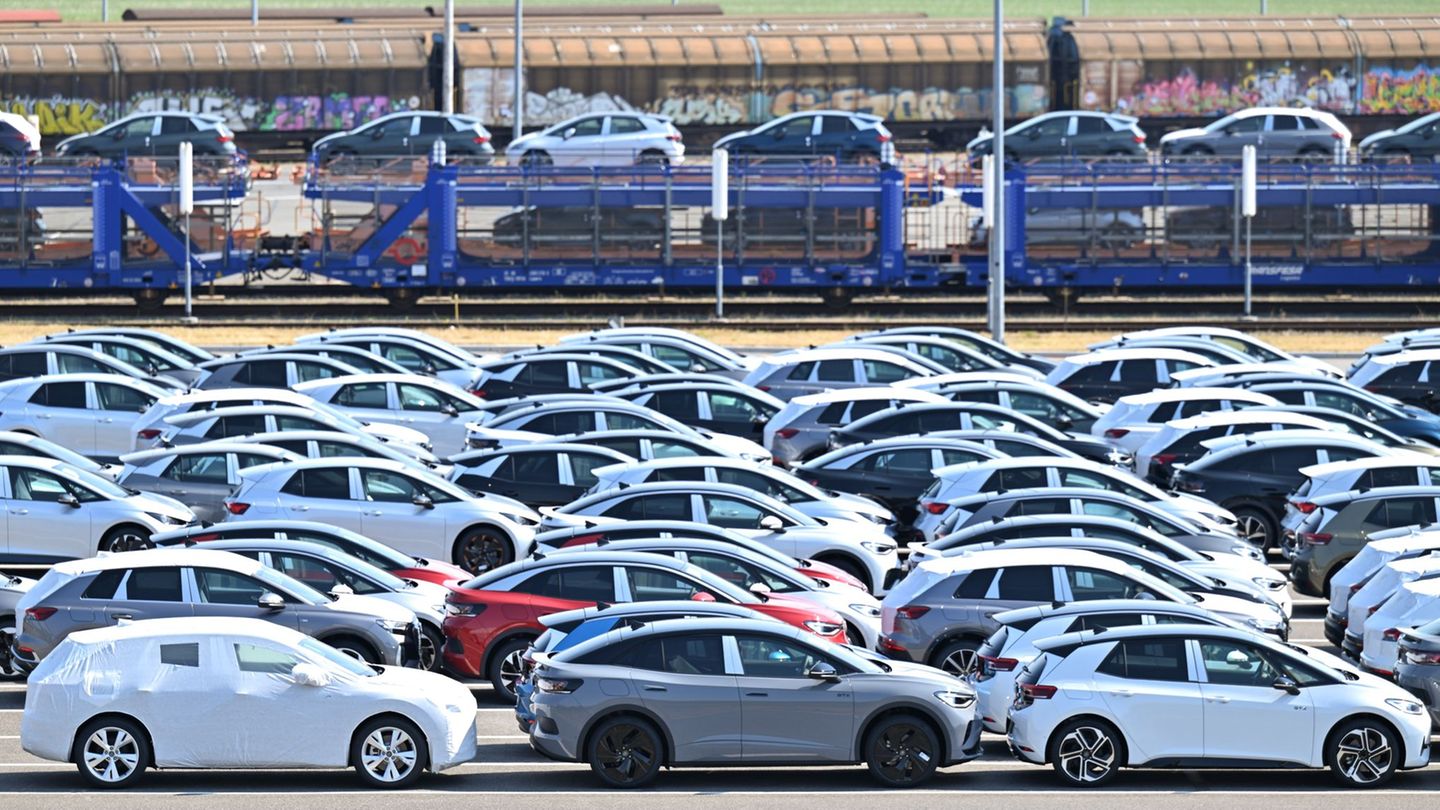According to the last measurement of the Institute of Workers Statistics (IET) of the Metropolitan University for Education and Work (UMET) and the Center for Concertation and Development (CCD), the worker inflation was 2.9% in Novemberrepeating the values of October. Furthermore, in eleven months inflation accumulated 123.3%, while in the last twelve months it climbed to 177.9%. At the same time, for the seventh consecutive month, interannual inflation slowed.
This rise was driven by Food and beverages (+3.3%)whose chapter is the one that most affects the basket data. In addition, 43% of employed people became poor throughout 2024a figure that reaches 77.8% of the unemployed.
This increase in poverty has been steadily increasing since 2017, when it reached 18% of wage earners: in just 7 years, more than 6 million workers fell below the poverty line. As a result of this, the former Minister of Education and general director of the CCD, Nicolas Trottaassured that “The drop in income generated a very perverse phenomenon: that of being included in production while being poor in distribution.”.
inflation.jpeg
Evolution of interannual inflation of workers.
Along these lines, Trotta declared: ”The drop in income generated a very perverse phenomenon: that of being included in production while being poor in distribution. This sustained decline began in the second half of Macri’s government and the last Peronist government was unable to reverse it. That is the main cause of the internal debt we leave behind. There is the key that opened the gate that stopped the return of neoliberal individualism. But there is also, on the contrary, the north of the Justicialist reconstruction. Which is none other than a dignified material life as the axis of a complete subject in its entirety.
Furthermore, the study reflects that – taking into account Food and Beverages – the greatest increases were recorded in seasonal products such as fruits (+5.5%) and vegetables (+4.4%). The rest of the chapters had increases between 2 and 3%, which shows less dispersion in price increases compared to other months. Education (2.9%) and Communications (2.9%) They rose by the same magnitude as the general level. Meanwhile, Housing (2.8%), Other goods and services (2.8%), Health (2.7%), Recreation and culture (2.5%), Clothing and footwear (2.5%), Home equipment and maintenance (2.4%) and Transportation (2%) “they had increases below the average.”
WhatsApp Image 2024-12-10 at 16.39.23.jpeg

Increase in poor workers
Fabian Amicocoordinator of the IET, gave more details about what was published: ”Traditionally, in the Argentine economy there is an inverse relationship between real exchange rate and real salary. However, today there is an appreciation of the real exchange rate, but real wages are not able to recover and show a tendency towards stagnation. The reason lies in the sharp increase in prices regulated by the government (public and private services). Whatever the contribution of these regulated prices to the general price index, it is evident that no small part of the inflation registered after the great devaluation of December last year was the result of the adjustment of these prices ordered by the government. This translated, at the same time, into a lower real salary and a lower real exchange rate.. It seems like a paradox, but a good part of the appreciation of the real exchange rate is the result of price adjustments ordered by the government itself.
Precisely, the second part of the report stops to analyze income poverty within the universe of workers. As the document explains, ”in 2024, 43% of the employed were poor, a figure that reaches 77.8% of the unemployed. Within workers, there are large differences, while in registered wage earners and in qualified non-salaried workers poverty is less than 30%, in informal wage earners and in low-skilled non-salaried workers it is around 60%.”
”Worker poverty has been steadily increasing since 2017, as a result of deterioration of purchasing power. In that year, 18% of those employed were poor. That poverty among employed people has risen to 43% means that nearly 6 million workers have fallen below the poverty line in the last seven years,” emphasize the IET specialists.
Source: Ambito
I am an author and journalist who has worked in the entertainment industry for over a decade. I currently work as a news editor at a major news website, and my focus is on covering the latest trends in entertainment. I also write occasional pieces for other outlets, and have authored two books about the entertainment industry.




